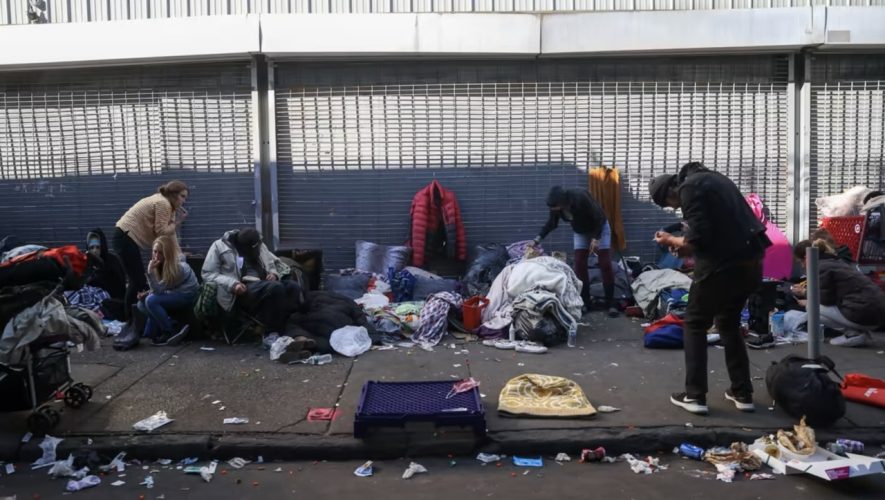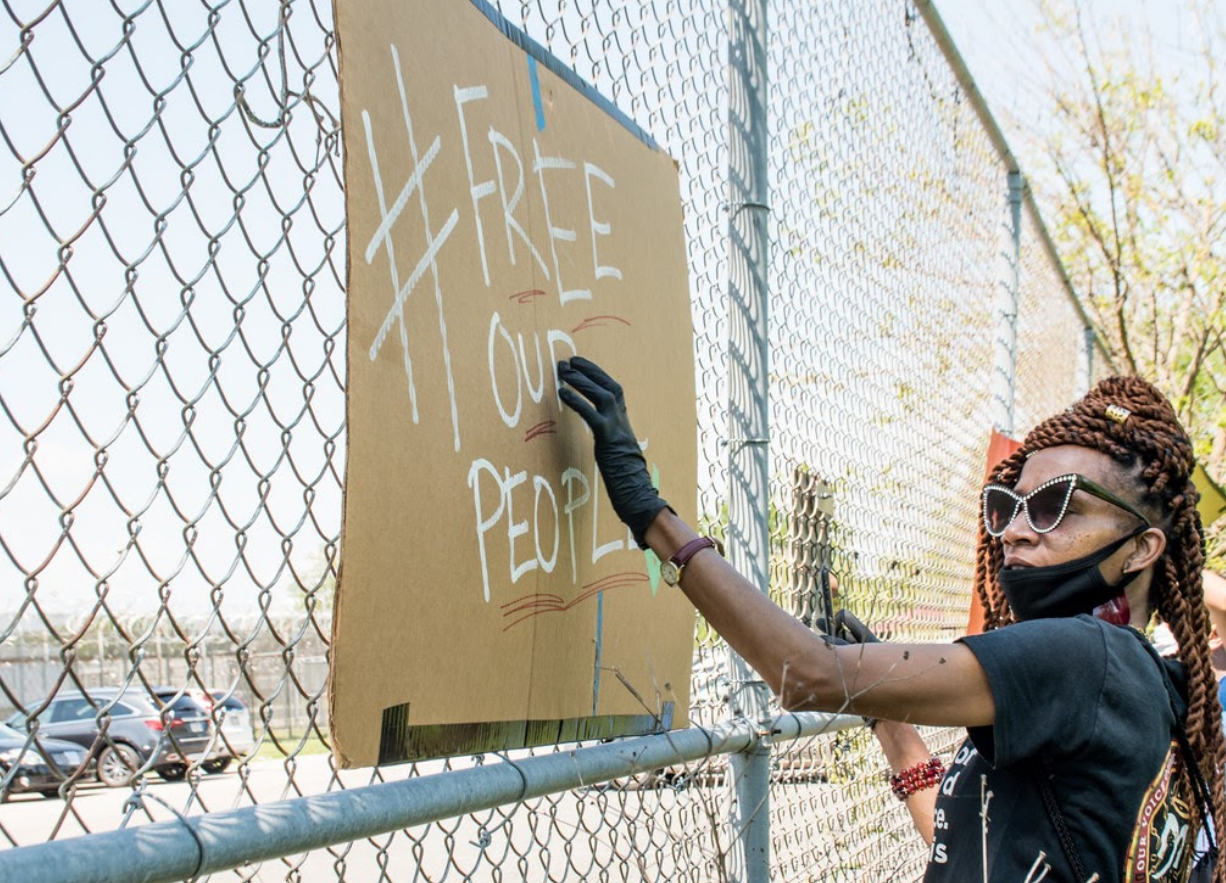Xylazine, more commonly known as “tranq,” is a strong sedative that has been approved for veterinary use. Because xylazine is intended exclusively for veterinary use, its adverse effects on humans are not taken into consideration from a regulatory standpoint, putting users at risk. Its unique danger arises from its undetectability, as it’s not classified as an opioid. This means that many street drug users who test for opioids have no way of detecting xylazine, placing users at a higher risk of drug poisoning and contributing to the cycle of addiction.
Xylazine is ravaging the Northeast—between 2017 and 2019, 3.4 percent of Massachusetts residents struggled with drug use versus a national average of 2.9 percent. This has negative health impacts such as respiratory depression, decreased heart rate, and neurological damage. To build off current initiatives such as community outreach and campaigns to address xylazine abuse, there must be more educational programs on the dangers of tranq and its effects.
Xylazine is dangerous because it is a neuroleptic, meaning that it has both tranquilizing and sedative effects, leading to a low blood pressure and heart rate. This can impact the user’s ability to function steadily and increase their chance of car accidents. Because xylazine is a sedative, it causes lethargy, slow breathing, and low blood pressure, which may result in the user having challenges staying alert and oriented. The negative consequences of xylazine aren’t limited to health, as there are both cultural and social effects such as estranged relationships and financial difficulties, as well as broader societal impacts like increased crime rates.
Lacking adequate federal regulation, xylazine can be easily bought online. Some purchase it through veterinary websites, which may not have secure authentication processes. With lower prices than most opioids, buyers are more likely to lean towards xylazine.
Fentanyl and Tranquilizers
Tranquilizers have worsened the already dangerous fentanyl epidemic. Fentanyl, a synthetic opioid which is stronger than morphine and heroin, has caused an extreme amount of overdoses; there were approximately seventy thousand overdose deaths with synthetic opioids in 2021.
Around 20 percent of fentanyl powder contains xylidine, a chemical compound which is a part of the formulation of xylazine. Its existence in drugs can increase risk when combined with fentanyl. This combination makes it more difficult to identify and treat an overdose. Fentanyl has a high potency, which means that only a small dose can have extreme effects on the human body. On the other hand, xylazine has a low potency and is not an opioid. It has analgesic and sedative effects when consumed alone, but these effects are intensified when mixed with fentanyl. The symptoms of an overdose on just fentanyl include hypotension and respiratory depression, but the combination of both include the same symptoms but much more pronounced.
From 2020 to 2022, drug overdose deaths involving xylazine increased from 0.8 percent (15/1888 deaths) to 9 percent (222/2591 deaths). In Massachusetts, xylazine is on the rise as an increasing number of opioid samples contain the drug. In 2021, xylazine was found in 31 percent of 398 opioid samples tested across Massachusetts. This pattern reflects how often street drugs are laced with one or both substances: fentanyl is often combined with other drugs, resulting in a greater risk of overdose.
Xylazine-related deaths continue to rise at a rapid rate in the Northeast, mainly affecting marginalized individuals who have limited access to equitable treatment. Low-income individuals have a harder time affording healthcare and ethnic minority groups, pushing them to seek cheaper options. Many people are accessing these drugs online or through drug dealers in urban areas, making it more straightforward and cost-effective to purchase certain medications.
Naloxone and Detectability
Narcan, an opioid antagonist commonly used for emergency treatment of opioids, does not work well on xylazine overdoses. It works by binding to opioid receptors in the brain to reverse the effects of opioid overdoses such as respiratory depression, hypotension and skin wounds. This does not work the same for tranq due to the fact that Narcan cannot bind to the receptors that xylazine changes. Increased awareness regarding Narcan’s ineffectiveness on a xylazine overdose can educate Narcan carriers on how to effectively use it in emergencies and life-threatening situations.
When suffering an overdose from several substances, even Narcan may not be enough. Fentanyl effects can be reversed—however, when mixed with xylazine, overdoses are even more difficult to treat. The proper way to treat xylazine overdose is through proper healthcare services, and potentially using benzodiazepines or alpha-2 adrenergic antagonists. Yet, without proper detection, many patients are left untreated. Policymakers must find alternative solutions to ensure that xylazine overdoses are properly addressed.
Policymaking and the Future for Tranquilizers
Following the characterization of tranq abuse as a public health emergency, the Testing, Rapid Analysis, and Narcotic Quality (TRANQ) Research Act was approved to control the illicit use of xylazine. Additionally, the Biden Administration set up a xylazine response plan on June 11, 2023 as an approach to tackle its worsening of the fentanyl epidemic. The response plan’s objective is to to decrease “xylazine-positive drug poisoning deaths by 15 percent” by 2025, in at least three of four U.S. census regions. The legislation aims to mitigate overdose deaths for affected groups. This includes providing resources, harm reduction programs, and easier access to healthcare services.An important approach is ensuring that Naloxone is readily available when needed in times of crisis and that better strategies are carried out.
There still is a lack of proper education regarding the consequences of consuming tranq, both by itself and in conjunction with other street drugs. To address this problem, education should be spread through classes in school that outline risks, starting with advertisements and alerts. Currently, health and drug education lacks the necessary content that emphasizes relevant drug epidemics, mainly focusing on more well-known drugs like alcohol, tobacco, and marijuana. Instead, schools must provide a more comprehensive overview of drugs, harm reduction, and threats of overdoses to reduce the chance of drug misuse.
Because of this emerging drug threat, there has been an effort to pass stricter regulations on xylazine. For example, states such as New York and Pennsylvania are categorizing xylazine as a controlled substance. These policies should stress the importance of verifying that the purchaser has a veterinarian’s prescription and conducting background checks, among numerous other efforts.
While there has been progress in responding to the xylazine issue, more work needs to be done within the context of the opioid epidemic, such as improving the existing programs and expanding treatment and education. If we do not act urgently on this matter, the consequences could be grave: more deaths and rising rates of addiction, which would put more pressure on an already struggling healthcare system. Not advancing programs and treatment will impact marginalized communities that already have less access to healthcare treatments, and make it harder to break the cycle of addiction.



